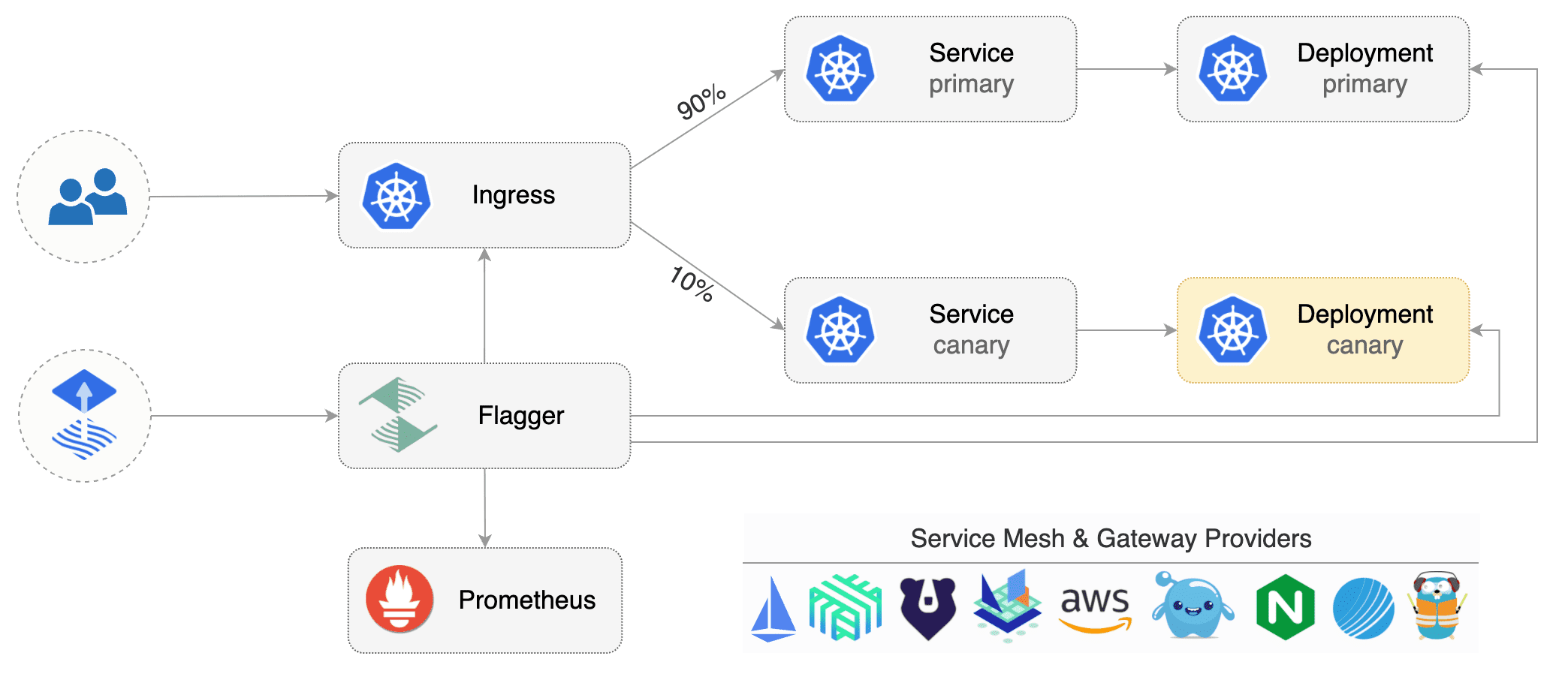Introduction
The RisingWave Kubernetes Operator is a RisingWave deployment management tool based on kubernetes. The risingwave-operator currently supports the following custom resources:
- risingwave.singularity-data.com
- risingwave-monitor.singularity-data.com(not implement)
Quick Start
Install cert-manager
We need install cert-manager in cluster before install risingwave-operator.
The default static configuration cert-manager can be installed as follows:
kubectl apply -f https://github.com/cert-manager/cert-manager/releases/download/v1.8.0/cert-manager.yaml
More information on this install cert-manager method can be found here.
Install risingwave-operator
Install risingwave-operator can be installed as follows:
kubectl apply -f https://raw.githubusercontent.com/singularity-data/risingwave-operator/main/config/risingwave-operator.yaml
Examples
You can deploy RisingWave which use MinIO on Linux/amd64 arch nodes as follows:
kubectl create namespace test
kubectl apply -f https://raw.githubusercontent.com/singularity-data/risingwave-operator/main/examples/minio-risingwave-amd.yaml
First Query
Install psql
To connect to the RisingWave server, you will need to install PostgreSQL shell (psql) in advance.
Query
We use kubernetes NodePort service for frontend.
Please get the nodePort of the frontend service as psql port and get the INTERNAL-IP address of any node as follows:
PHOST=`kubectl get node -o=jsonpath='{.items[0].status.addresses[?(@.type=="InternalIP")].address}'`
PPORT=`kubectl get service -n test test-risingwave-amd64-frontend -o=jsonpath='{.spec.ports[0].nodePort}'`
Connect to the frontend by psql as follows:
psql -h $PHOST -p $PPORT -d dev
Configuration
You can get risingwave-operator configuration as follows:
kubectl get cm risingwave-operator-controller-manager-config -n risingwave-operator-system -oyaml
If you edit the configmap, please kill the risingwave-operator pods and configuration file will be load.
License
The risingwave-operator is under the Apache License 2.0. Please refer to LICENSE for more information.
Contributing
Thanks for your interest in contributing to the project! Please refer to Contribution and Development Guidelines for more information.





